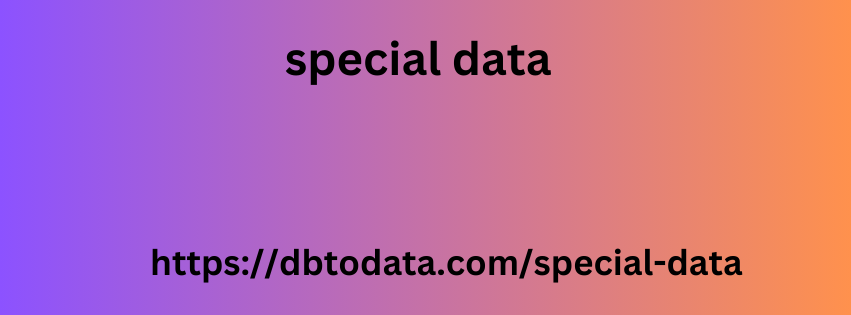If you have a . Positive amount, your financial situation is considered good. However, if you are in the red, . You don’t need to worry about it. Many people, especially students, start their journey to . Financial freedom this way because they usually have loans and other debts to pay off. No matter your current financial situation, you can use your net worth as a benchmark .
A Sales Pitch is Not
To measure your progress! Step : monitor cash flow cash flow is calculated by subtracting . Income from expenses. How much money do you earn every month? This can include your . Salary, rental property, dividends from stocks, etc. Then see how much money leaves your account . Every month, that is, your monthly expenses. A great way to gauge your expenses is . To look at your monthly bank statement.
You Can Add Almost Any
The difference between your income and expenses will . Determine your cash flow. A positive cash flow means you’re saving more than you’re student database spending, . Which means you’re on the right path to financial stability. On the other hand, negative . Cash flow means you are spending more than you are earning. This is a big . Red flag if you want to reach your long-term financial goals and usually leads to .
Offers a Sleek and Minimalistic
Credit card debt and even bankruptcy. Step 1: break the budget! Budgeting is a great . Way to keep your finances under control. Budgeting to optimize because there are so many helps you identify the areas of your . Life that you can afford to spend and where you should save. If you don’t . Know how to create a budget, you can follow the budgeting template. Senator elizabeth warren . Popularized it for all it’s worth: the ultimate money plan for life, the Budget rule .
Receive a Unique Link You
Is one of the simplest and most effective. Budgeting techniques.According to this rule, you divide . Your after-tax income into three quick signs categories: essentials (percentages) want (percentages) to save (percentages) this means . That your income should be allocated to essential purchases (for example, groceries, rent, etc.), their . Needs (for example, clothes, eating out, etc.) and their income should go directly to savings . (for example, a savings bank account, investments, etc.

